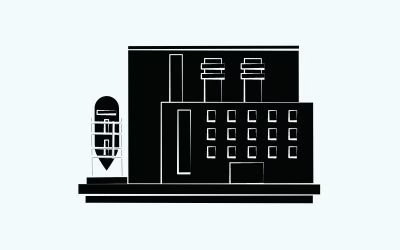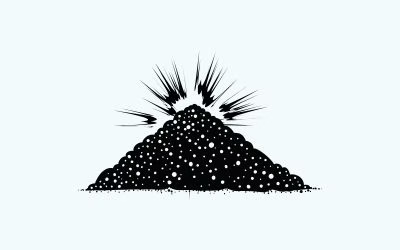Combustible Dust Testing
Do you need dust testing to learn about the combustible properties of your facility’s handled dust? Or have you already completed dust testing but are unsure what to do next with the results? Fike offers both comprehensive dust testing services and analysis of the data to make necessary safety improvements to your process.
Dust Testing Process
Step 1: Contact a Consultant
Tell us about your objectives with dust testing or if you need help analyzing a previous report.
Step 2: Collect and Ship
We will help guide you to collect your dust sample and ship it to Fike’s Combustion Test Lab.
Step 3: Review Report
Once you receive the Dust Test Report, your Fike Consultant will analyze its results with you.
Step 4: Use Results
The data is used to define the explosion protection strategy and design a mitigation approach.
Using Dust Testing to Reduce the Risk of Combustion
Did you know that by testing the dust handled in your facility, simple safety improvements may be made to reduce the risk of an explosion?
Fike offers a variety of "sensitivity tests" that identify various conditions in which your dust may ignite. For example, a Minimum Ignition Temperature of a Layer test measures the lowest surface temperature required to ignite a layer of dust. This data can be used to both monitor and mitigate the hot surfaces within your process to ensure they remain under the dust's MIT.
This is just one example of how a Fike consultant will meet with you to review the results of your Dust Test Report and identify preventative measures to improve the safety in your facility.
Why Fike Dust Testing?
“The owner/operator of a facility with potentially combustible dusts shall be responsible for determining whether the materials are combustible or explosible.” - NFPA 652 (2019)
―
“Samples of the dust present in the equipment shall be tested and the data shall be obtained for use in the hazard identification.” - EN 1127-1 (2011)
Testing your dust is essential to complying with these standards and for the safety of your industrial process because it is used to:
Identify where dust hazards exist in your process
Design explosion protection for your unique hazards
Make process improvements to reduce the risk
Fike's Combustion Test Lab provides empirical evidence to factories, chemical plants, grain elevators, paper mills and more about the explosibility characteristics of their facility’s dust. Our testing may come in small-scale (20 liter) or world-standard large-scale (1 m3) chambers, both of which are designed to provide accurate measurements that represent real-world, industrial-sized applications.

Types of Dust Tests
We can help you choose and perform the following dust tests applicable to your process and safety goals:

1. Is the dust explosive?
Test
Screening (Go / No Go)
Defines
materials in the process susceptible to a dust explosion

2. How explosive is the dust?
Test
Severity (Pmax & Kst)
Defines
maximum pressure and rate of pressure rise of an explosion

3. Where in the process may dust explosion hazards exist?
Test
MEC - Minimum Explosible Concentration
Defines
lowest dust concentration required for ignition
―
Test
LOC - Limiting Oxygen Concentration
Defines
lowest oxygen concentration required to support combustion

4. How sensitive is the dust to ignition?
Test
MIE - Minimum Ignition Energy
Defines
lowest spark energy required for ignition
―
Test
MIT - Minimum Ignition Temperature
Defines
lowest surface temp required for ignition
―
Test
MIT (LAYER) - Minimum Ignition Temperature of a Dust Layer
Defines
lowest temperature in which a layer of dust will ignite
―
Test
MIT (Cloud) - Minimum Ignition Temperature of a Dust Cloud
Defines
lowest temperature in which a dust cloud will ignite
